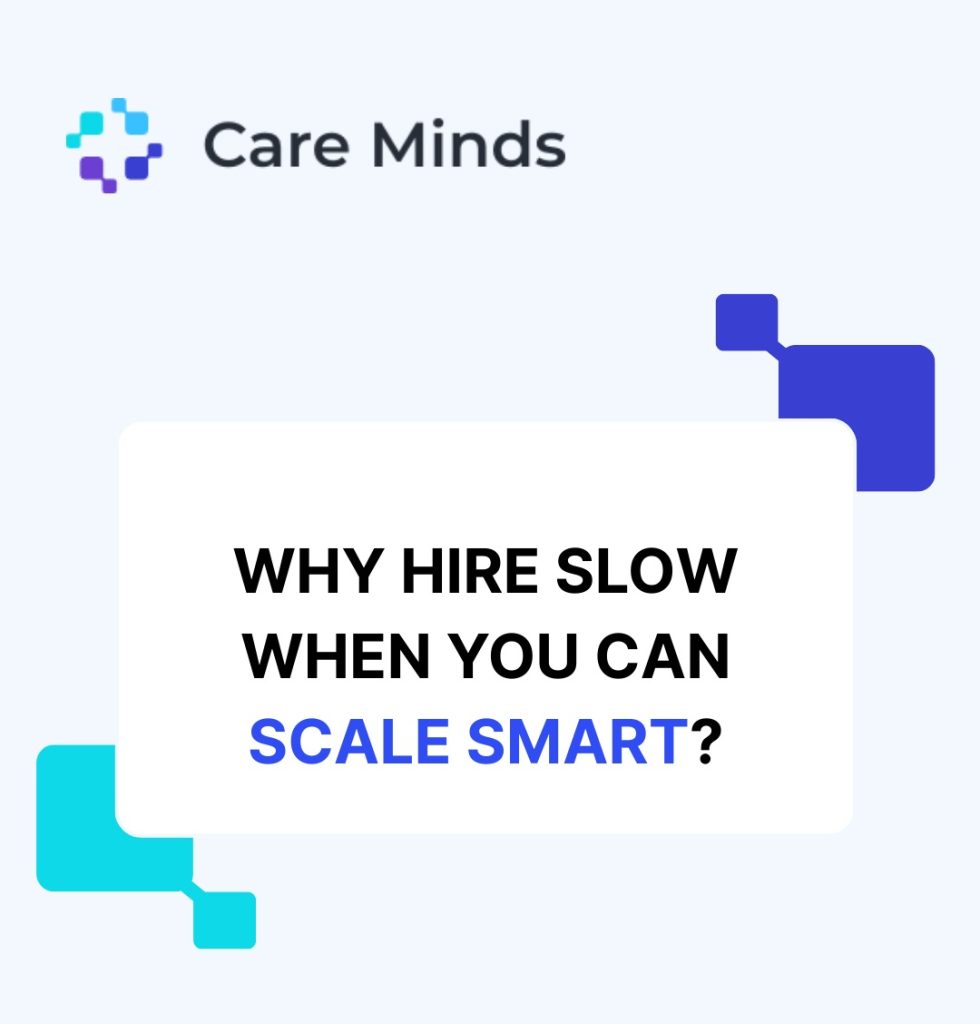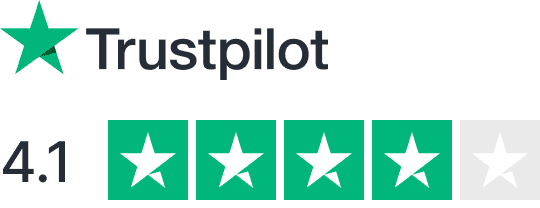- Define Job Requirements: Clearly outline technical (e.g., JavaScript, React) and non-technical (e.g., communication, time management) skills needed.
- Review Resumes: Focus on relevant experience, technical skills, and portfolios while spotting red flags like vague descriptions or skill mismatches.
- Test Technical Skills: Use coding tests, GitHub reviews, and technical interviews to assess problem-solving, code quality, and system design knowledge.
- Evaluate Communication: Check English proficiency and conduct live video calls to assess clarity, teamwork, and remote work readiness.
- Verify References: Confirm past projects, roles, and technical claims through employer checks and portfolio reviews.
Hiring platforms like CareMinds can speed up this process, offering pre-vetted LATAM developers for $31/hour, often within 3 days. A solid pre-screening process saves time and ensures you find the best talent.
How to Hire top software engineers from Latin America and automatically onboard them
Step 1: Set Clear Job Requirements
Defining clear requirements helps streamline the pre-screening process for LATAM developers and ensures you attract candidates with the right mix of technical and interpersonal skills.
List Required Technical Skills
Outline the programming languages and frameworks your project needs. Focus on the core technical skills that matter most:
| Technical Skill Category | Requirements |
|---|---|
| Programming Languages | JavaScript, Python, Java |
| Frontend Frameworks | React, Angular, Vue.js |
| Backend Technologies | Node.js, Express, Django |
| Database Management | SQL, MongoDB, PostgreSQL |
| Version Control | Git, GitHub |
At CareMinds (https://mediumseagreen-lemur-727032.hostingersite.com), full-stack hires with expertise in React, JavaScript, and Node.js have proven especially effective in LATAM.
Define Non-Technical Skills
To successfully integrate with your team, LATAM developers should also bring strong interpersonal skills. Look for:
- Communication: Proficiency in clear written and verbal English.
- Collaboration: Experience working in remote, distributed teams.
- Problem-solving: Ability to work independently and handle complex tasks.
- Time Management: Skills to manage projects across varying time zones.
- Cultural Awareness: Familiarity with cross-cultural workplace dynamics.
Write the Job Description
Craft a job description that clearly outlines your expectations and attracts top talent from LATAM. Include:
- Role Overview: A concise summary of daily tasks and project scope.
- Technical Requirements: Specific programming languages and relevant experience.
- Team Structure: How the role fits within your organization.
- Growth Opportunities: Details on professional development and career paths.
- Working Model: Remote work guidelines, time zone compatibility, and communication standards.
Be specific but avoid unnecessary hurdles. For instance, instead of asking for "5+ years of experience in JavaScript", request "proven experience building scalable JavaScript applications."
Having these well-defined requirements will make it easier to evaluate resumes and identify the best candidates.
Step 2: Review Resumes
Screening resumes effectively is key since only 10.6% of candidates typically move forward to live interviews.
Focus on Key Requirements
When assessing resumes, prioritize these critical factors:
| Element | What to Look For |
|---|---|
| Technical Skills | Alignment with required programming languages and tools |
| Work Experience | Relevant projects and industry background |
| Education | Degrees in computer science or equivalent certifications |
| Portfolio | Links to GitHub repositories or live project examples |
| Remote Work | Experience working with distributed teams |
Give extra attention to candidates who show career growth and have worked on projects similar in scale and complexity to yours. Their experience with relevant technologies is also a major plus.
Identify Potential Red Flags
Be cautious of these warning signs:
- Employment Gaps: Unexplained gaps should be clarified during interviews.
- Mismatched Skills: Discrepancies between listed expertise and actual project experience.
- Vague Descriptions: Generic project summaries with no specific technical details.
- Missing Key Skills: Lack of must-have qualifications outlined in the job post.
- Inflated Titles: Job titles that don’t match the described responsibilities.
Leverage Resume Screening Tools
CareMinds processes hundreds of resumes for each position, emphasizing the need for a structured and efficient screening system.
"The market has changed: Now you have to go through hundreds of resumes when you open a job position. We understand that hiring the best people is not just about knowing ‘who’ you need but also about finding the right one among many." – CareMinds
To streamline your process:
1. Use ATS Software
Applicant Tracking Systems (ATS) can automatically filter resumes based on:
- Required technical skills
- Years of experience
- Educational qualifications
- Keyword relevance
2. Check Professional Profiles
Manually review candidates’ online presence, including:
- LinkedIn profiles
- GitHub repositories
- Portfolios showcasing their work
- Other professional platforms
3. Standardize Your Review Process
Adopt a scoring system to evaluate:
- Technical expertise
- Relevance of past projects
- Communication skills
- Experience with remote work
This structured method ensures fairness and efficiency in your screening process. Once resumes are reviewed, the next step is to test candidates’ technical skills to narrow down the pool further.
sbb-itb-a3fbb4e
Step 3: Test Technical Abilities
Once you’ve screened resumes and shortlisted candidates, it’s time to evaluate their technical skills with practical assessments.
Run Coding Tests
Leverage coding platforms to measure candidates’ abilities. Focus on challenges that reflect real-world tasks.
| Assessment Type | Purpose | Key Metrics |
|---|---|---|
| Algorithm Tests | Assess problem-solving skills | Efficiency |
| Language-Specific Tests | Check programming expertise | Syntax, best practices |
| Framework Knowledge | Evaluate development skills | Implementation quality |
| System Design | Test architectural knowledge | Scalability, design |
Review Code Samples
Dive into candidates’ GitHub repositories or portfolios to analyze their work. Look for:
- Code Quality: Clear documentation, use of design patterns, and error handling.
- Testing Practices: Evidence of thorough testing and test coverage.
- Commit Patterns: Frequency, consistency, and meaningful commit messages.
- Collaboration: Participation in code reviews and team contributions.
- Problem-Solving: How they address and resolve issues.
Conduct Technical Interviews
Use structured interviews to dig deeper into their technical expertise. Focus on coding, problem-solving, and system design.
| Interview Component | Focus Areas | Duration |
|---|---|---|
| Live Coding | Coding skills, problem-solving | 45–60 minutes |
| System Design | Architecture, scalability | 30–45 minutes |
| Technical Discussion | Past projects, decision-making | 30 minutes |
| Tool Proficiency | Frameworks, debugging skills | 30 minutes |
To make the process effective, use screen sharing, collaborative coding tools, and standardized problem sets. Recording sessions can also help for later review.
These steps ensure you thoroughly evaluate technical skills before moving on to assess soft skills.
Step 4: Check Communication Skills
After technical evaluations, it’s important to ensure candidates can communicate effectively and work well with your team. Strong English skills and clear communication help maintain smooth collaboration, especially across different time zones and cultural backgrounds.
Assess English Proficiency
Take a structured approach to evaluate language skills:
| Assessment Type | Purpose | Duration | Key Indicators |
|---|---|---|---|
| Written Test | Grammar and vocabulary | 45 minutes | Technical writing, email clarity |
| Speaking Assessment | Verbal fluency | 30 minutes | Pronunciation, comprehension |
| Listening Exercise | Understanding ability | 30 minutes | Following instructions, note-taking |
| Technical Discussion | Domain-specific language | 45 minutes | Use of industry-specific terms |
Tools like the Duolingo English Test (DET) or TOEFL can help. Set a minimum required score based on your team’s needs – typically a B2 level (intermediate) or higher for technical roles.
Conduct Video Calls
Once written and listening skills are evaluated, observe candidates in live video interactions to assess their real-time communication abilities:
- Technical Discussion: Have them explain complex work-related concepts.
- Scenario-Based Questions: Present workplace situations to test problem-solving communication.
- Team Interaction Simulation: Include current team members to gauge group dynamics.
Pay attention to:
- Non-verbal cues: Body language and engagement.
- Clarification skills: How they ask questions when unsure.
- Response quality: Clear and structured answers.
- Technical vocabulary: Appropriate use of industry terms.
This step ensures candidates can communicate effectively in real-time and fit well with your team.
Evaluate Team Fit Through Targeted Questions
After live interactions, dig deeper into team compatibility with specific questions:
| Question Category | Purpose | Example Questions |
|---|---|---|
| Past Experience | Team collaboration history | "Describe a challenging team project and your role." |
| Work Style | Individual preferences | "How do you handle conflicting priorities?" |
| Communication | Remote work habits | "What tools or methods do you use to stay connected?" |
| Problem Resolution | Conflict management | "Share an example of resolving a team disagreement." |
Score responses based on clarity, collaboration, cultural awareness, and problem-solving skills. This helps you identify candidates who are not only skilled but also a great fit for your team’s dynamics.
Step 5: Check References
Make sure to verify the candidate’s background and experience to confirm their qualifications and claims.
Run Background Checks
Focus on verifying key credentials with the following methods:
| Verification Area | Required Documentation | Verification Method |
|---|---|---|
| Education | Degree certificates, transcripts | Directly contact institutions |
| Professional certifications | Current certification status | Use online verification portals |
| Work permits | Valid work authorization | Check government databases |
| Professional memberships | Association credentials | Confirm with professional bodies |
For candidates in LATAM, it’s important to check local education and certification standards. If documents are in a different language, request certified translations through recognized services.
After verifying documentation, gather personal insights from past employers.
Talk to Past Employers
Reference checks can provide valuable insights into a candidate’s performance in areas like technical skills, remote work, teamwork, and problem-solving:
| Assessment Area | Key Questions | Red Flags |
|---|---|---|
| Technical Expertise | What was the complexity of projects? Were they delivered successfully? | Inconsistent technical abilities |
| Remote Work Skills | How well did they manage communication and deadlines? | Missed deadlines, poor availability |
| Team Collaboration | How effective were they in cross-cultural or team settings? | Struggled to integrate with teams |
| Problem-solving | Did they show initiative and resourcefulness? | Needed excessive supervision |
When conducting these checks, schedule calls during the employer’s business hours while accounting for time zone differences. Keep detailed records of all conversations to ensure compliance.
Verify Past Projects
Once references are verified, take the time to confirm the candidate’s project experience:
| Verification Step | Purpose | Method |
|---|---|---|
| Portfolio Review | Validate work samples | Request access to live or completed projects |
| Code Repository Check | Review contribution history | Check commits on GitHub/GitLab |
| Client References | Confirm project scope and outcomes | Contact previous clients directly |
| Technical Assessment | Assess specific skills | Discuss technical decisions made |
Ask for specific examples of their work, confirm their roles and responsibilities within projects, and verify the technology stack used. Ensure timelines and outcomes match their claims.
For confidential projects, accept redacted code samples or conduct in-depth technical discussions. Additionally, review freelance profiles on platforms like Upwork or Toptal to gauge their reliability and work quality.
These steps will help you validate a candidate’s skills and experience, ensuring you move forward with confidence.
Next Steps
Hiring developers from LATAM can still be a tough process, even with a well-defined pre-screening system. Traditional hiring methods often stretch to around two months, thanks to the sheer volume of candidates. Here’s how to address common hurdles and make the process smoother:
| Challenge | Solution | Expected Outcome |
|---|---|---|
| Lengthy screening times | Automate initial technical tests | Cut down screening duration |
| Verifying candidate quality | Conduct structured reference checks | Better prediction of candidate success |
| Limited internal resources | Work with specialized agencies | Free up your team for key priorities |
One effective way to tackle these issues is by teaming up with expert partners. For example, staff augmentation services like CareMinds offer a thorough vetting process to save both time and resources.
"We value expertise and results over CVs. Our developers are chosen for their proven performance, not just the names on their resumes." – CareMinds
Another approach is using trial periods to confirm a candidate’s fit. For instance, Qured successfully delivered on its preventative healthcare platform by testing the waters before committing to long-term hires.
To fine-tune your pre-screening process, try these steps:
- Define clear evaluation criteria.
- Use standardized templates for assessments.
- Set practical timelines for each stage.
- Keep detailed records of screening outcomes.
- Regularly review and adjust based on your hiring results.
Spending time upfront on a robust screening process can save you from costly errors and delays down the line.
















